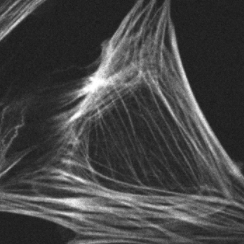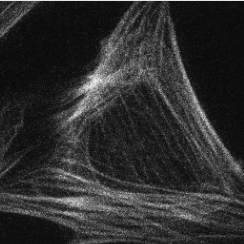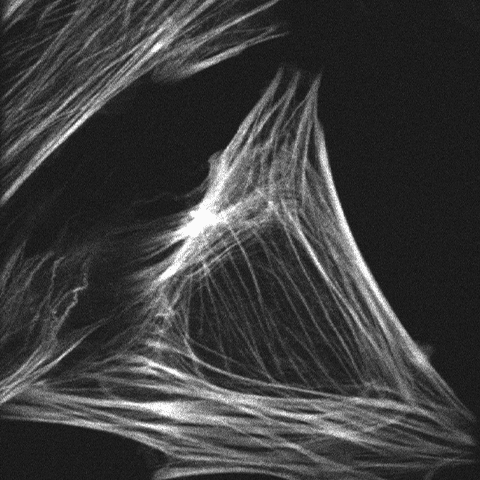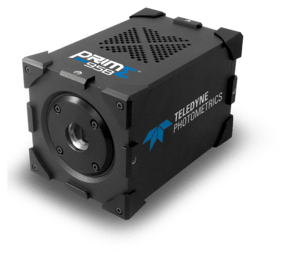Confocal STORM
Dr. Uri Manor, Biophotonics Core Director
Salk Institute for Biological Studies, Biophotonics Core Facility
Background
The Salk Institute is home to a highly collaborative cadre of scientists who delve into a broad range of research areas, from aging, cancer and immunology to diabetes, brain science and plant biology. The group is supported by on-campus research centers and core facilities that are equipped with cutting-edge technology.
The Institute embodies Jonas Salk's mission to dare to make dreams into reality by exploring the very foundations of life, seeking new realities in neuroscience, genetics, immunology and more. The team lives to discover, be it cancer or Alzheimer's, aging or diabetes, they understand that every cure has a starting point. Salk is where cures begin.
Uri Manor, biophotonics core director works with the Salk researchers to provide collaborative support for a wide variety of research projects that require scientific imaging. Manor also works with the faculty steering committee to incorporate new and advanced imaging technologies into the repertoire of resources offered through the Biophotonics Core Facility.
 |
 |
 |
 |
| 25ms, Scientific CMOS | 25ms, 400x EM gain EMCCD | 50ms Scientific CMOS | 50ms, 400x EM gain EMCCD |
Images depict the actin cytoskeleton as stained by AlexaFluor488-Phalloidin. EMCCD used was the Photometrics Evolve 512 and the Scientific CMOS was the Photometrics Prime 95B. Images were captured using Micro-Manager on a Zeiss Confocal microscope with a Yokogawa spinning disk scan head. 25ms and 50ms exposures were acquired with laser power set to the minimum of 5% with the EM Gain of the EMCCD set to 400.
Challenge
The Facility provides technical and logistical access to Salk faculty, enabling the integration of imaging tools into a variety of biological research programs. To maintain its ability to advance science, the Facility must maintain the latest, cutting-edge commercial imaging and data analysis technologies available. This is especially important given that most projects involve sophisticated and complex research techniques.
The primary instrumentation that core researchers must have access to include technologies that support confocal microscopy (both fixed and live cell), TIRF microscopy, two-photon microscopy, electron microscopy and super-resolution microscopy as well as in-vivo imaging modalities.
The Prime 95B [Scientific CMOS camera] provides the speed, field of view and resolution of a CMOS camera, with the added sensitivity of an EMCCD camera for our more demanding experiments.
Dr. Uri Manor
Solution
To continue supporting the diverse work of the Salk researchers, Manor must stay abreast of the advancements being made in scientific imaging. It is important that the team always have access to the newest and most advanced solutions.
Manor learned of the Prime 95B™ Scientific CMOS camera from Photometrics and was interested in learning more about the claim for 95 percent quantum efficiency. Of greater importance was how the camera was being touted as the most sensitive in the industry - sensitivity is always in high demand among Salk researchers.
After seeing the camera and testing it with his own samples, Manor realized the camera did stand up to the hype and would integrate well into the Facility's imaging tools. The back illuminated technology and high QE make the camera exceptionally versatile. Manor shares, "The Prime 95B provides the speed, field of view and resolution of a CMOS camera, with the added sensitivity of an EMCCD camera for our more demanding experiments."
The Prime 95B easily supports multiple scientific applications, this flexibility also makes it a very good investment for the Salk Institute.

Learn More About The Prime 95B